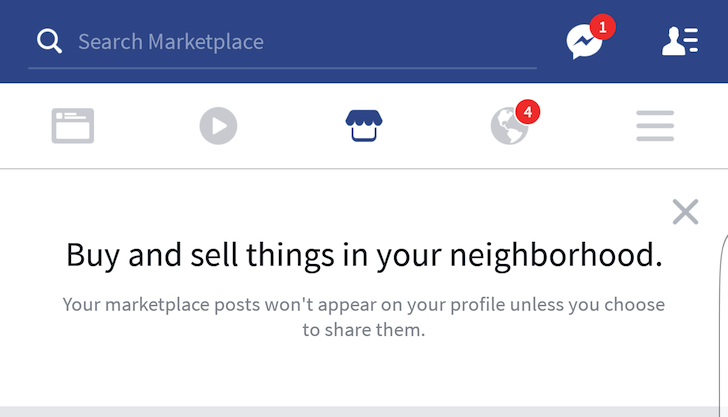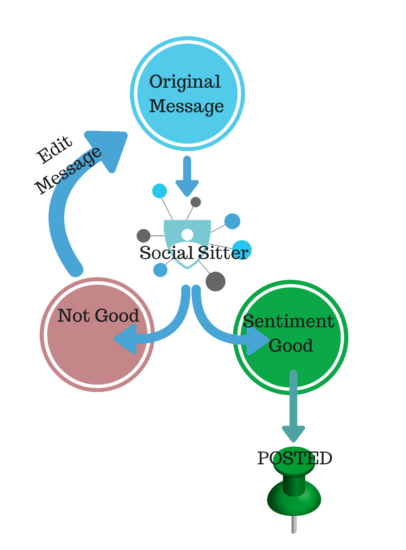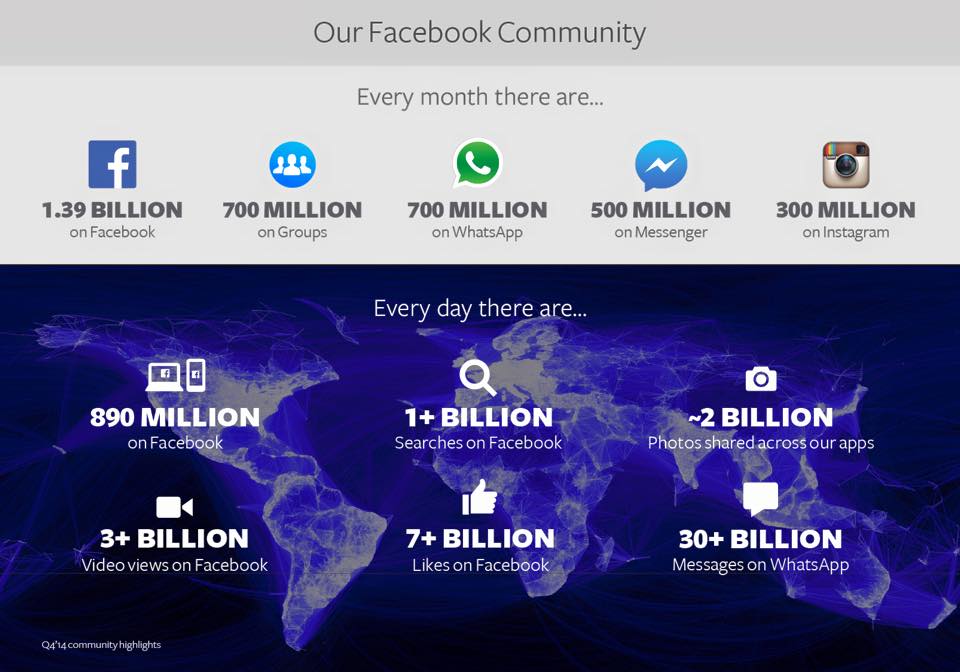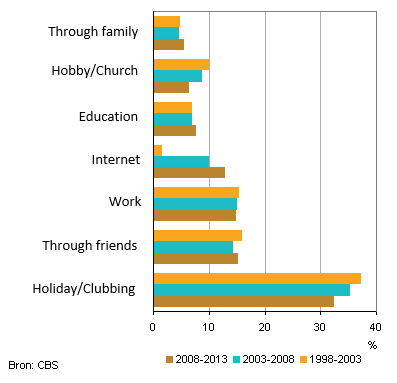Due to the rapid spread of the Coronavirus many luxury retailers and wholesalers had to close doors during the lockdowns. The implications for the industry are brutal: In the best-case scenario global luxury sales will decline by 18%. However, the worst-case scenario ranges around 35% (Bain & Company, 2020). This implicates a loss of around $50 billion to $100 billion for the industry, which has been growing around 3% (CAGR) annually (PRnewswire, 2020). In a market where only around 10% of sales are made online, the impact of the pandemic was particularly dire. The dependency on wholesalers and physical shopping experiences are only some of the challenges that the industry faces now. The reluctance and inability of the large chinese customer-base to travel is particularly problematic, as they make up 35% of global demand and half of chinese customers make their purchases abroad. While these tough environmental conditions certainly imply bankruptcy for many beloved luxury brands, they also embrace creative flexibility (McKinsey & Company, 2020). As many luxury retailers were forced to close physical doors, many opened new virtual sales channels. The following will highlight some of the most promising and creative digital sales strategies luxury companies have adopted amid the pandemic.
The main goal of many new digital strategies was to reproduce the luxury sector’s most important feature: personal and emotional experiences. Many brands such as Louis Vuitton and Gucci launched livestream selling experiences, where goods are presented and customers have the opportunity to interact directly with a salesperson. Furthermore, many companies focused on serving the top 1% customers, sending free samples to their most valuable customers and arranging personal video chat meetings to showcase the products (Lazazzera, 2020). Recreating personal experiences and delivering valuable content online will definitely be a key criteria in defining which brands will sustain the new challenges (McKinsey & Company, 2020).
The global watch industry has been hit especially hard from the pandemic’s impact. As only 5% of sales happen online, many luxury watch brands became creative. For instance, Omega and Zenith launched new social media campaigns to stay in touch with their communities. The fondation de la Haut Horlogerie, which is an organiser of watch fairs, built a new digital platform to host online watch fairs. According to them, it was a huge success with more than 44,00 visitors on the first four days. While the digital pattern of these new strategies is striking, many also engaged philanthropic pursues, such as giving away watches for front-line workers and volunteers in the pandemic (Lazazzera, 2020).
How do you think brands will overcome customer’s hesitancy to buy luxury goods amid the pandemic?
Sources:
Bain & Company, 2020, Global personal luxury goods market set to contract between 20 – 35 percent in 2020. Retrieved from: https://www.bain.com/about/media-center/press-releases/2020/spring-luxury-report/
Milena Lazazzera, 2020, How virtual stores became a reality in the world of luxury Financial Times. Retrieved from: https://www.ft.com/content/ca6bb85f-9af7-4df7-a606-828ceeea5a97
Alicia Esposito, 2020, How Luxury Brands Are Responding To COVID Tension With Innovation. Retrieved from: https://retailtouchpoints.com/topics/retail-innovation/how-luxury-brands-are-responding-to-covid-tension-with-innovation
McKinsey & Company 2020, The State of Fashion 2020. Retrieved from: https://www.mckinsey.com/industries/retail/our-insights/the-state-of-fashion-2020-navigating-uncertainty
















